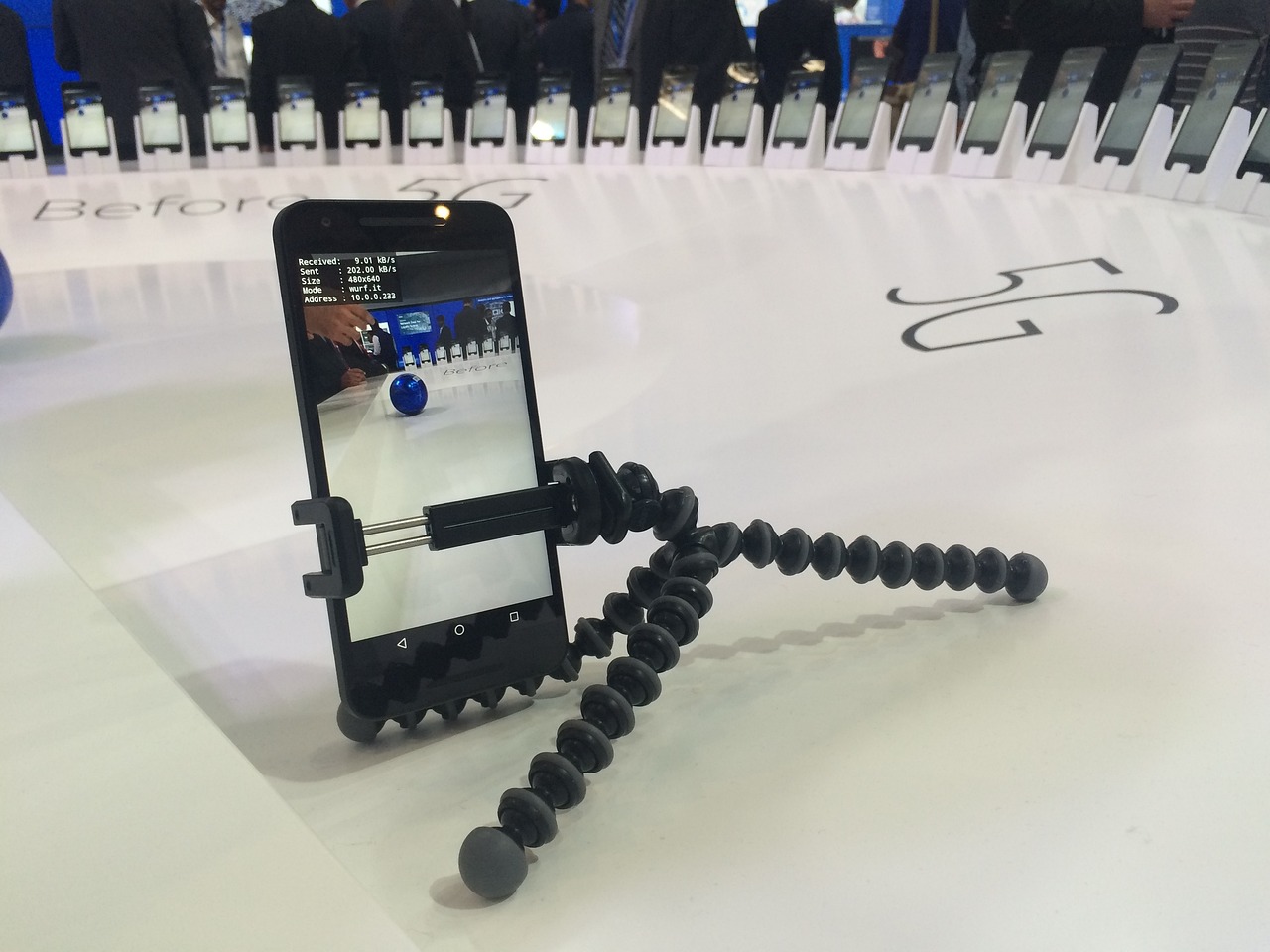The fifth generation of wireless technology, known as 5G, has arrived with promises of lightning-fast speeds, ultra-low latency, and massive connectivity. Beyond simply improving our internet browsing experience, 5G is set to revolutionize the way we connect and communicate in the digital age. In this blog, we will explore the profound impact of 5G on connectivity and communication, unlocking a world of possibilities across industries and transforming the digital landscape.
Lightning-Fast Speeds and Enhanced Efficiency:
5G technology boasts speeds that are exponentially faster than its predecessors. With download speeds reaching gigabit levels, tasks that once took minutes will now be completed in mere seconds. This enables seamless streaming of high-definition content, smooth video conferencing, and rapid file transfers. Additionally, 5G’s increased efficiency and network capacity support a higher number of connected devices, ensuring a seamless user experience even in crowded areas.
Low Latency and Real-Time Interactions:
One of the most significant advancements brought by 5G is its ultra-low latency. Latency refers to the time it takes for data to travel between devices. With 5G, latency is reduced to a fraction of a second, enabling real-time interactions and instantaneous responses. This is particularly transformative for applications like remote surgery, autonomous vehicles, and augmented reality, where split-second decisions and reactions are critical.
Internet of Things (IoT) and Smart Cities:
The widespread adoption of 5G will accelerate the growth of the Internet of Things (IoT). With its increased capacity and ability to handle a massive number of connected devices, 5G will power smart cities and enable seamless connectivity between various devices and systems. From smart homes and intelligent transportation to healthcare monitoring and industrial automation, 5G will be the backbone of a fully interconnected and efficient ecosystem.
Advancements in Virtual and Augmented Reality:
Virtual reality (VR) and augmented reality (AR) technologies have the potential to revolutionize various industries, from entertainment and gaming to healthcare and education. However, these immersive experiences require high-speed, low-latency connections to deliver seamless and immersive content. 5G’s capabilities enable the widespread adoption of VR and AR, opening up new avenues for interactive storytelling, remote collaboration, and experiential learning.
Remote Work and Collaboration:
The COVID-19 pandemic accelerated the shift towards remote work and virtual collaboration. 5G will further enhance these capabilities by enabling high-quality video conferencing, real-time collaboration on shared documents, and seamless communication across geographically dispersed teams. With 5G, remote work will become even more efficient and productive, blurring the boundaries between physical and virtual workspaces.
Enhanced Mobile Experiences:
5G’s impact will be felt directly by smartphone users, offering enhanced mobile experiences. With faster download speeds and lower latency, mobile apps and services will be more responsive and capable of delivering high-quality multimedia content on the go. From immersive mobile gaming and augmented reality applications to seamless video streaming and social media interactions, 5G will redefine what is possible on mobile devices.
Conclusion:
The advent of 5G technology is set to transform connectivity and communication on a global scale. With its unprecedented speed, low latency, and massive connectivity, 5G will unlock a new era of digital possibilities. From revolutionizing industries such as healthcare, transportation, and entertainment to enhancing remote work and collaboration, 5G will reshape the way we connect, communicate, and experience the world. Embracing the full potential of 5G will pave the way for a more connected, efficient, and immersive digital future.











